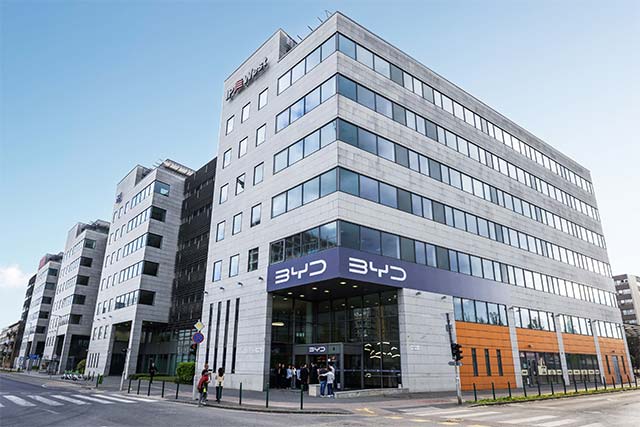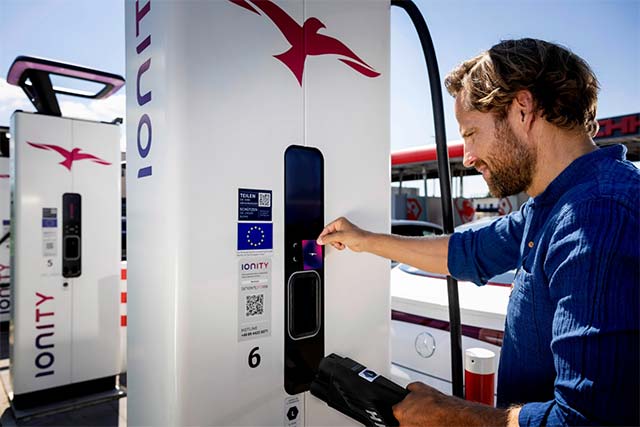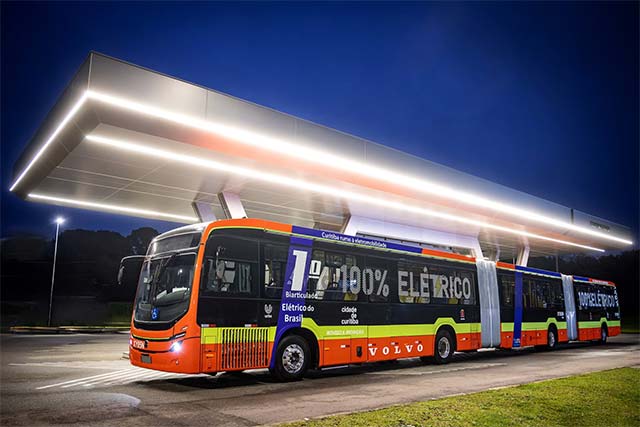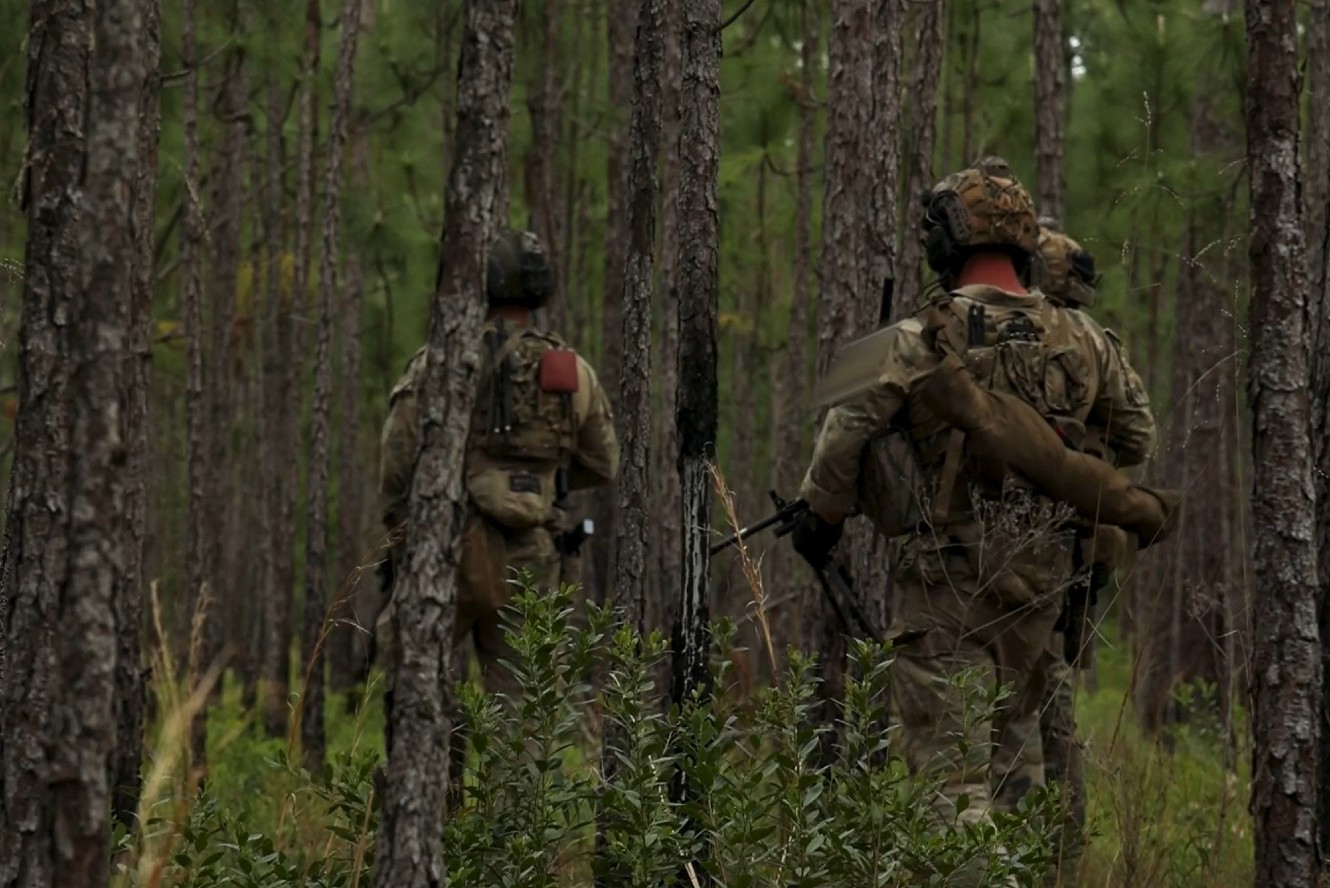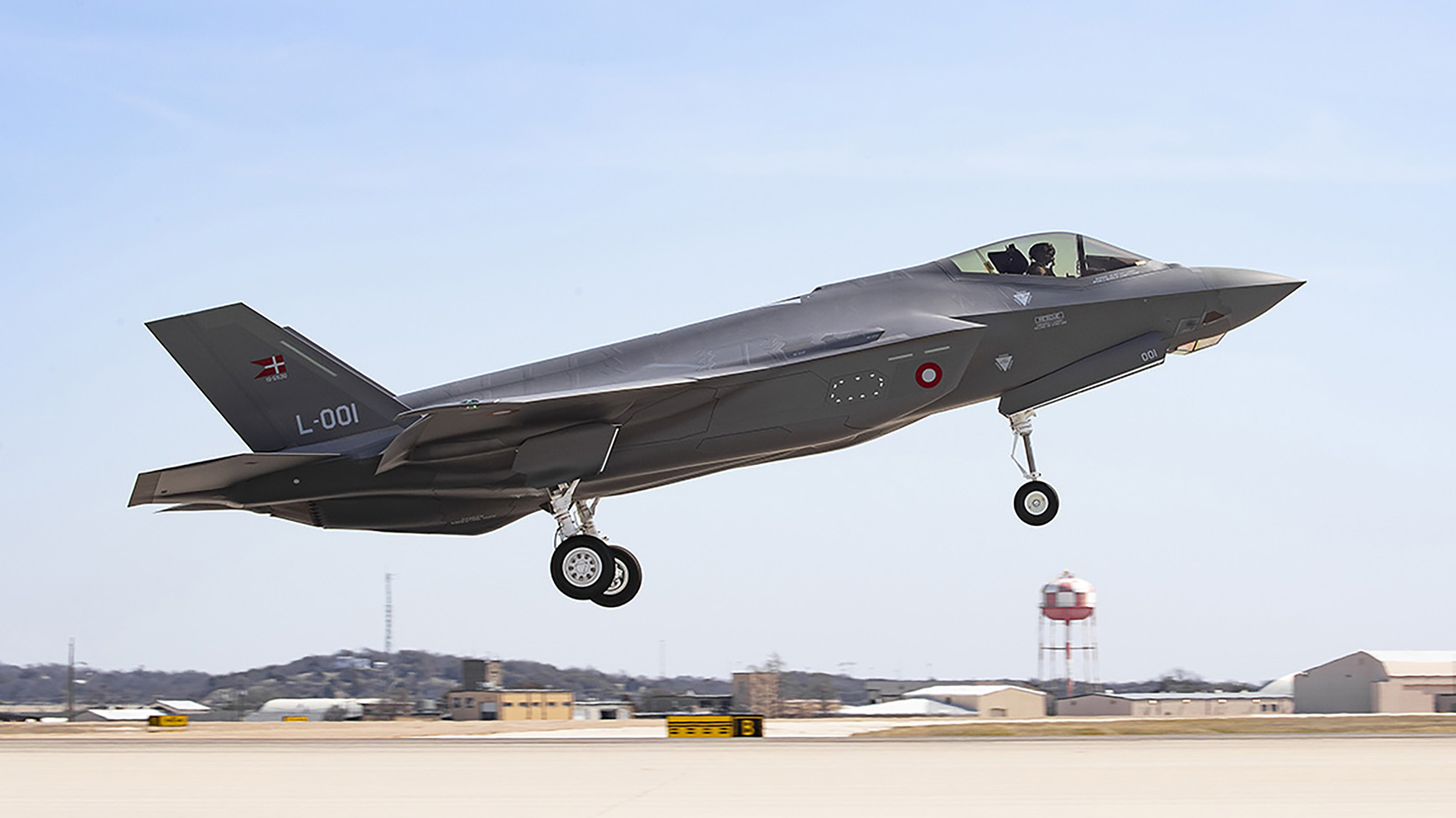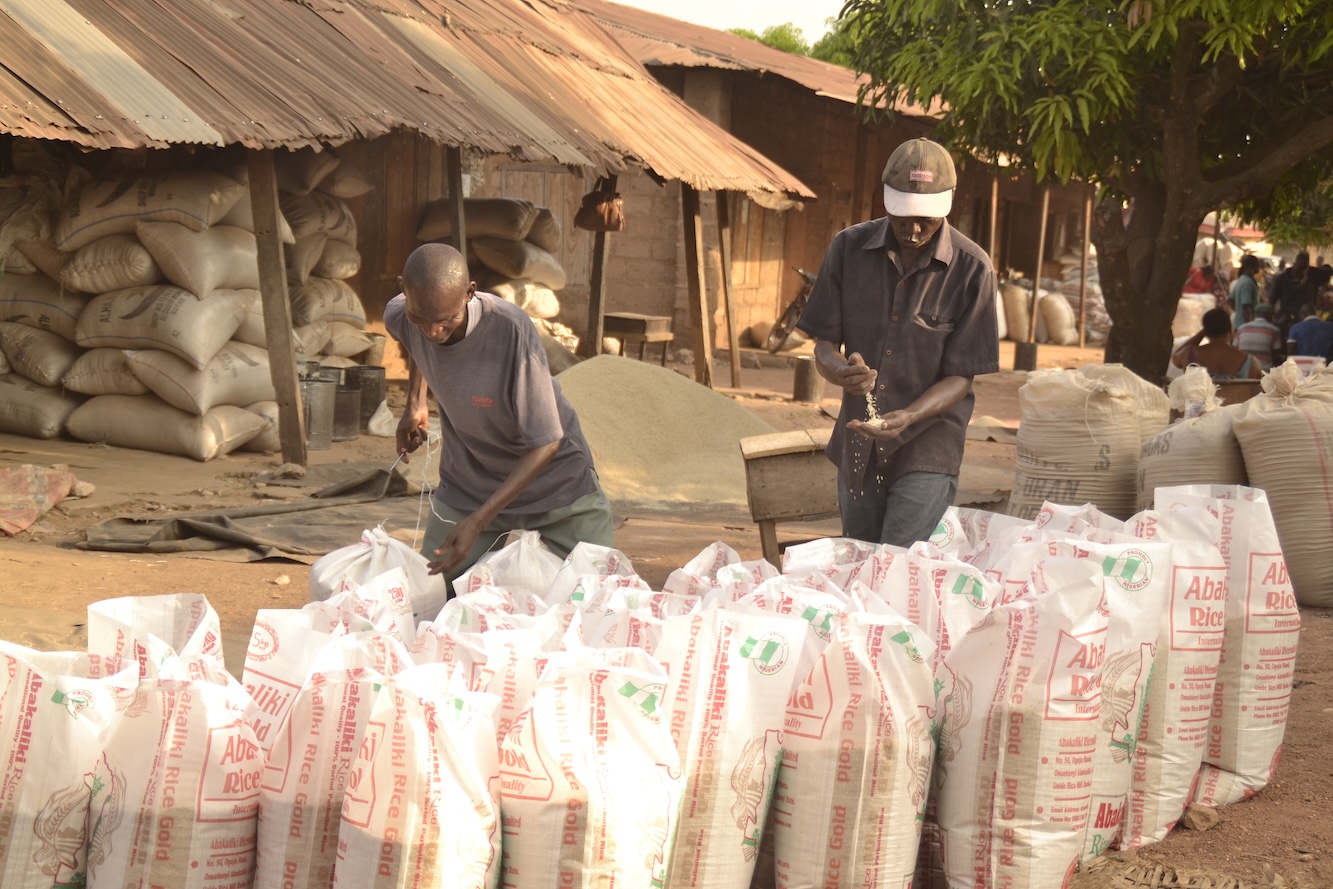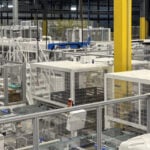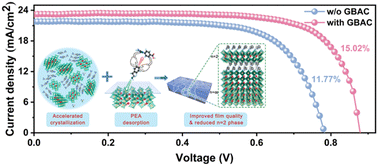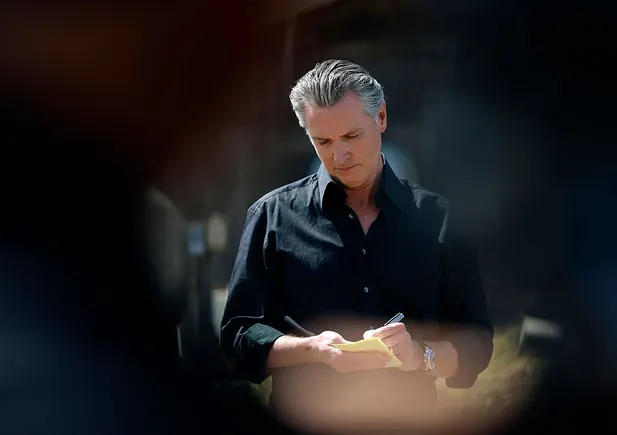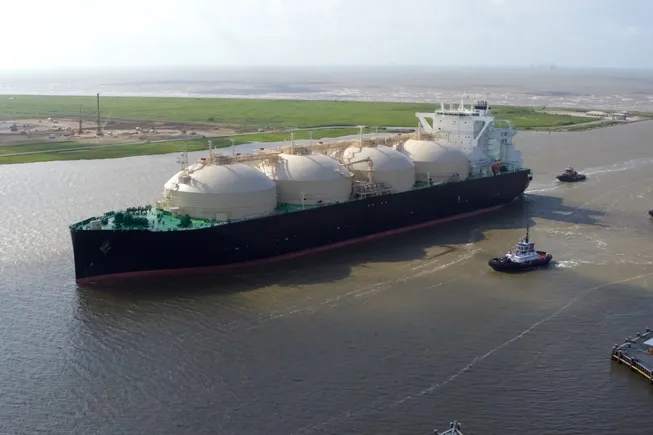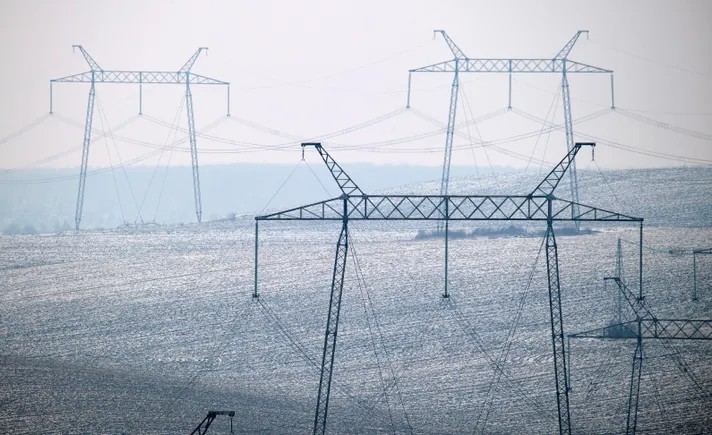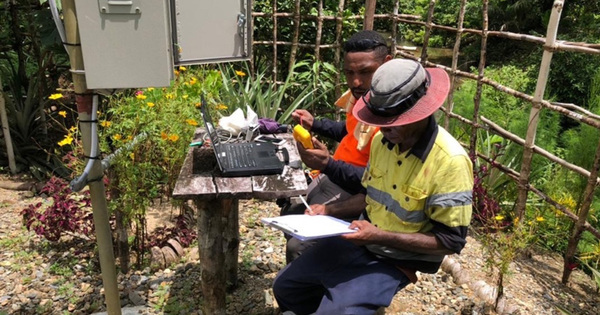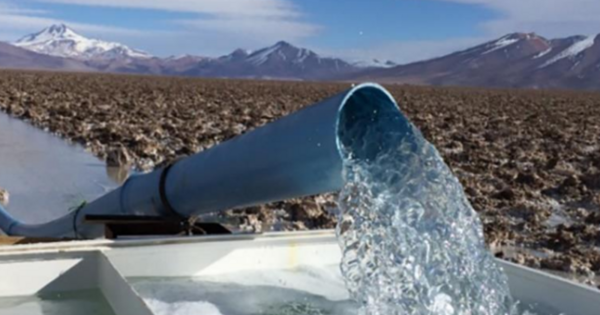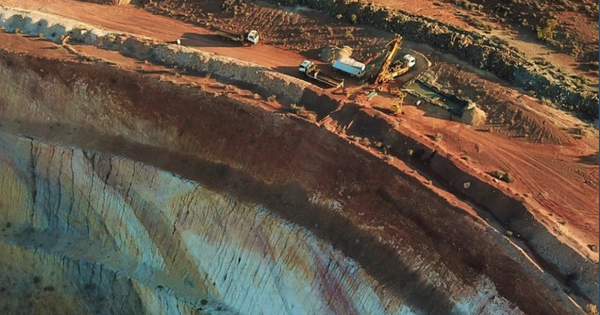CN continues work to expand capacity and fluidity in Vancouver
Coordinated effort is vital to optimizing use of the Port of Vancouver, Canada’s busiest port complex, says Canadian National CEO Tracy Robinson. The post CN continues work to expand capacity and fluidity in Vancouver appeared first on FreightWaves.

Canadian National aims to squeeze as much capacity as possible out of the Port of Vancouver, where a combination of water, development and terrain make it difficult to physically expand.
CN CEO Tracy Robinson says coordination is essential to getting the most out of the British Columbia port, which last year handled record tonnage and remains Canada’s busiest port complex.
CN (NYSE: CNI) operates nearly 70% of the trains in and out of Vancouver. “And so this is important to us and it’s important that it be fluid and effective,” Robinson told an investor conference last week.
The railway has taken several steps to boost capacity in and around Vancouver in recent years, particularly on its main line that relies on the Second Narrows Rail Bridge to reach the North Shore of the Burrard Inlet. The North Shore handles more trade than any other Canadian port, with almost all freight handled by North Shore terminals moving via rail and the Second Narrows bridge.
CN has upgraded the ventilation system in the 2.1-mile Thornton Tunnel under Burnaby, British Columbia, reducing the lag time between trains to under 10 minutes, down from 20 previously. It also has added a 19,000-foot passing siding that allows the staging of two trains close to the bridge, rather than at Thornton Yard. This allows CN to more quickly move trains through the tunnel when the lift bridge is accessible.
The railway will gain the capacity to stage two additional trains bound for the Thornton Tunnel and Second Narrows Bridge when a new overpass is completed in 2027 in Burnaby. The overpass will allow the closure of the Holdom Avenue grade crossing, effectively extending the area where CN can hold traffic bound for the bridge.
CN and the Vancouver Fraser Port Authority say they are working together to improve efficiency, safety and capacity in the Burrard Inlet. The Active Vessel Traffic Management Program and Centralized Scheduling System provide the visibility necessary to coordinate vessel and train movements. Thanks to these port systems, CN can better anticipate when the bridge will need to be lifted for marine vessels and adjust its train movements accordingly.
But Robinson says there’s still room for improvement in coordinating operations with the port.
The investments will continue. “We’re constructing a siding just outside Vancouver, and we’ve put one in Kamloops to just continually increase and ensure the fluidity … and capacity through that terminal,” Robinson said.
CN has been emphasizing the growth potential of the Port of Prince Rupert, British Columbia, a remote outpost 30 miles from the southern tip of Alaska that has land to spare and is hungry for development and the jobs that come with it. CN is the lone railway to serve Rupert.
The railway still expects continued growth in Vancouver, however, despite the challenges posed by a major metropolitan area.
“Growth in Vancouver is a little bit more difficult. It’s difficult to squeeze it out,” Robinson said. “You’ve all been to Vancouver: It’s a beautiful port, beautiful city, not a lot of room to move there.”
CN works well with CPKC to coordinate operations in Vancouver and the adjacent Directional Running Zone, Robinson says, and that will continue.
“The growth there, I think it looks a little bit different than Rupert. I think it’ll be step function [large] at Rupert. It’ll be inches at Vancouver,” Robinson said.
But she says the railways can only do so much by themselves to improve capacity and fluidity at Vancouver.
“Railroads are one part of a much bigger supply chain. And so for the supply chain to work effectively, all the pieces have to work effectively,” Robinson said. “And although all of our instinct is to optimize our piece, really it only works when it optimizes the whole.”
Vancouver is the best example of how coordination improves the flow of freight, Robinson says.
“A couple of years ago we did a very focused piece of work on grain because of course when the grain supply chain gets clogged up, everyone turns and points to the railroads,” said Robinson, who grew up on a farm in Saskatchewan.
“But we got together with the port and the grain companies and said, ‘Let’s just monitor it … to find out where the bottlenecks are so that we can eliminate the bottlenecks,’” she said. “And I came to the table and said, ‘If it’s our issue, we’ll fix it. But if it’s somebody else’s issue, you’ve got to fix it as well.’ And of course in that case we discovered that the biggest issue was the unloading in the rain.”
If it’s raining in Vancouver, grain terminals must stop loading bulk vessels, which can cascade into delays that reach all the way back to the prairies when CN is forced to hold grain trains at origin and stage them at Kamloops and other areas.
Efforts are under way, she says, that will enable the terminals to load ships no matter the weather.
Robinson spoke at the RBC Capital Markets Canadian Industrials Conference.
The post CN continues work to expand capacity and fluidity in Vancouver appeared first on FreightWaves.





























